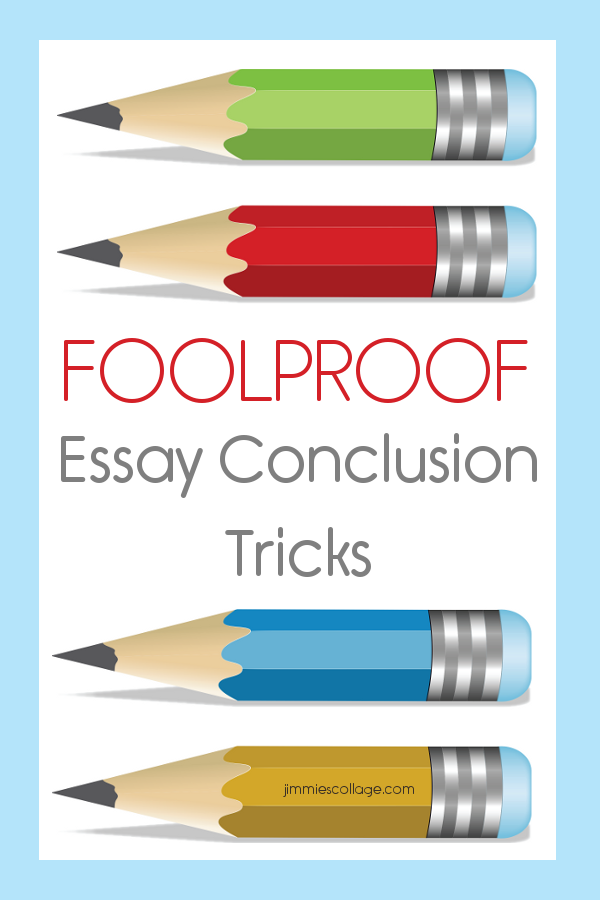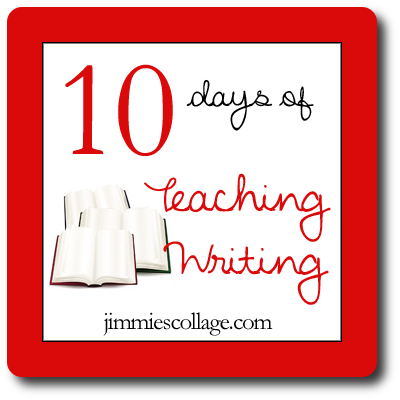
Writing compelling conclusions is very challenging. (I personally struggle with it — still!) But the good news is that a conclusion can follow a set pattern that is a meager three sentences. Just three sentences!
Start with a restatement of the thesis statement, in different words, of course. Then add at least two additional wrap up sentences, using the suggestions below.
There is overlap among these ideas, and that is deliberate. Different methods will work for different children and at different times for various topics. Having multiple tools at your disposal is to your benefit.
So What?
If you can answer the question “So What?” at the end of an essay, you will have a strong conclusion.
Now that the reader has read all of your ideas, “So What?” Why should he care? What difference does it make? How does it apply to him and to every person on the globe?
Conclusion Triangle
I like to think of a conclusion as triangle.
You start specific by restating the thesis statement for the essay and then make some general or universal statements related to your topic. This transition is reflected in the shape of the triangle. It is narrow at the top and broadens to a wide base.
So think in categories. Take your essay topic, and mentally expand it, asking yourself what category it would fit into. Then try to think of a universal statement about that general category.
Here are some examples of essay topics & broad categories that they fit into:
- essay topic: the three best pets — broad category: animals
- essay topic: why children should have household chores — broad category: the family
- essay topic: the achievements of Marco Polo — broad category: explorers
- essay topic: paintings by Monet — broad category: Impressionism
Thinking in terms of broad generalizations is difficult for many children and is not developmentally appropriate until later middle school or high school.
Revisit the Attention Grabber
What did you use for a hook in the introduction? Was it a startling fact, a question, or a story? Consider returning to that idea and wrapping it up in the conclusion.
Stories are perfect for this, especially if you can leave the story somewhat unfinished in the introduction. Now in the conclusion, you have a chance to revisit that story and neatly tie up any loose ends as you make some statements related to your essay topic.
Present a Call to Action
What do you expect or want the reader to do with what you’ve written? Is there an action the reader should take or a belief the reader should now have? Express that in a call to action at the close of your essay.
Free Printable Graphic Organizer
When drafting a conclusion paragraph, this graphic organizer can help students remember what it needs to include, how long it has to be, and some reminders about the foolproof endings.
This printable is part of my ebook Essay Tune Up.
The 10 Days Series is organized by iHomeschool Network, a collaboration of outstanding homeschool bloggers who connect with each other and with family-friendly companies in mutually beneficial projects.
Visit the other posts to be blessed with tips on how to handle bad days, cultivating curiosity, teaching with Legos, and much much more!


As always love your posts and love your freebies! XOXO
Jimmie,
Thank you for this series. Very useful information and perfect timing for me with two high school teens this year. It is so practical and the boys have added the printables {love} to their writing notebooks.
I appreciate your hard work!
Hugs